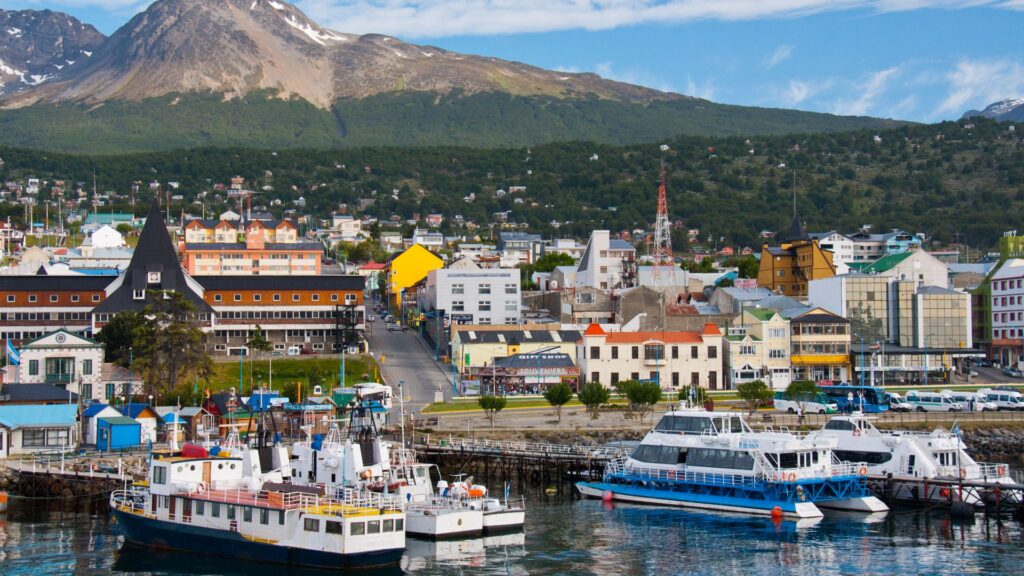San Miguel de Tucumán, commonly referred to as Tucumán, is the capital city of the Tucumán Province in Argentina. With a population of over 800,000 people, it is the fifth largest city in the country and serves as an important economic and cultural hub in the region.
Founded in 1565 by Spanish conquistadors, Tucumán has a rich history and is known for its colonial architecture, vibrant arts scene, and diverse cultural heritage. The city is also famous for being the birthplace of the Argentine Declaration of Independence, which was signed in Tucumán in 1816.
One of the city's most iconic landmarks is the Casa Histórica de la Independencia, a historic house where the declaration was signed. Visitors can tour the museum and learn about the country's revolutionary past. Tucumán is also home to a number of other museums, art galleries, and cultural institutions, making it a popular destination for history and art enthusiasts.
In addition to its cultural attractions, Tucumán is also known for its natural beauty. The city is surrounded by picturesque landscapes, including mountains, rivers, and lush forests, making it a great destination for outdoor activities such as hiking, fishing, and birdwatching.
Tucumán is also famous for its gastronomy, with a rich culinary tradition that includes local specialties such as empanadas, locro, and humita. The city's vibrant food scene is a reflection of its diverse population, which includes indigenous communities, European immigrants, and people of African descent.
Overall, San Miguel de Tucumán is a city that offers a unique blend of history, culture, and natural beauty, making it a must-visit destination for anyone traveling to Argentina.
What to explore:
1. Casa de Tucumán: This historic building is where the Declaration of Independence of Argentina was signed in 1816. Visitors can take a guided tour and learn about the country's history.
2. Parque 9 de Julio: This large urban park is a great place to relax and enjoy nature. It features a lake, botanical garden, children's playground, walking trails, and a variety of recreational activities.
3. Museo Casa Padilla: This museum is housed in a colonial-style mansion and showcases Tucumán's cultural heritage through a collection of artwork, historical artifacts, and exhibits.
4. Museo Timoteo Navarro: This museum is dedicated to the work of local artist Timoteo Navarro and features a collection of his paintings, sculptures, and drawings.
5. Independence Square: This central square is the heart of the city and features a monument commemorating Argentina's independence as well as fountains, gardens, and shops.
6. El Cadillal Dam and Reservoir: Located just outside the city, this dam and reservoir offer opportunities for boating, fishing, picnicking, and enjoying the natural scenery.
7. Tucumán Historical House: This historic house dates back to the 18th century and offers a glimpse into colonial life in Argentina. Visitors can explore the rooms, gardens, and courtyard.
8. El Cerro San Javier: This nearby hill offers panoramic views of the city and surrounding countryside. Visitors can hike, bike, or drive to the summit for stunning views.
9. La Florida: This suburb of San Miguel de Tucumán is known for its picturesque streets, parks, and colonial architecture. Visitors can explore the area on foot and visit local shops and cafes.
10. El Cadillal Natural Reserve: This protected area is home to a variety of plant and animal species and offers hiking, birdwatching, and nature photography opportunities.
